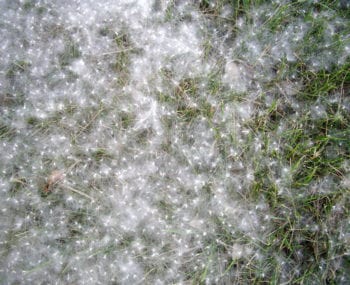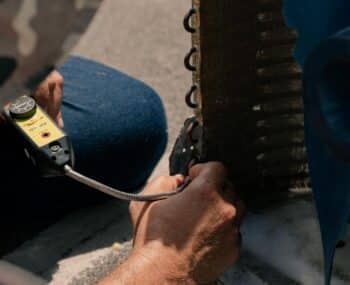Air Conditioner Options for Older Homes in Indianapolis
By: Brian Schutt | May 4, 2021
Real estate patterns of the Millennial generation are starting to have a big impact on how development and redevelopment is taking place in Indianapolis. Our team has been a part of many of the projects in the Midtown, Old Northside, Fountain Square, and other reemerging areas of Indianapolis. And from a heating and cooling perspective, the redevelopment of existing, aged properties presents unique challenges that many homeowners and general contractors are unprepared or under-prepared to face. Read on for air conditioner options for older homes in Indianapolis.
What to Consider When Buying an Older Home in Indianapolis
If you’re a do-it yourself remodeler, or even a seasoned general contractor, here are a list of things to be aware of from an HVAC perspective for that remodel project:
1. Home Likely Built before Air Conditioning
It’s hard to imagine now, but whole home air conditioning only became the norm in the 1960s. So, if your home was built before that decade, it was not designed to support it. What that means for your remodel is that ductwork will likely have to be reworked to give proper airflow to second floors. One of our remodelers in the Fountain Square area makes it mandatory that all second floors have return air ducts added.
Another option you could consider is the installation of a ductless system to mitigate any worries about the ductwork. The units installed in a ductless system are generally called “mini-splits” and offer many benefits. Because they do not use ductwork, you have incredible flexibility to set them up in the most efficient locations within your home. They bring temperature control and high SEER ratings and are increasingly popular. Installing mini-splits in your home could be a good choice.
2. Backwards Ductwork
New homes are built with supply air on the outside walls and return air on the inside walls to provide a more even level of comfort. (The least insulated part of new home is near the windows, so that’s where conditioned air starts.) Your older house, however, likely has supply air near the interior of the home. This doesn’t necessarily have to be reworked, but it should be known going into a renovation project, so as to account for this comfort challenge.
3. Existing Equipment Useless in Prescribing Size
We always recommend a load calculation when replacing equipment. But it needs to be a non-negotiable if you are working in an older home. Insulation requirements in attics, walls, and basements have drastically improved, as well as the value of new windows. Your new equipment needs to be sized appropriately to account for these improvements. Don’t rely on the current, older equipment to give you the best specs.
As you consider new equipment, take a look at our AC product page to learn the various features of each unit. The specific needs of your home, along with hopeful SEER rating, will help determine the best AC unit for you.
Have any more questions on air conditioner options for older homes in Indianapolis? Be sure to contact us today!
![clean cottonwood snow from air conditioner indianapolis]()

![]()



